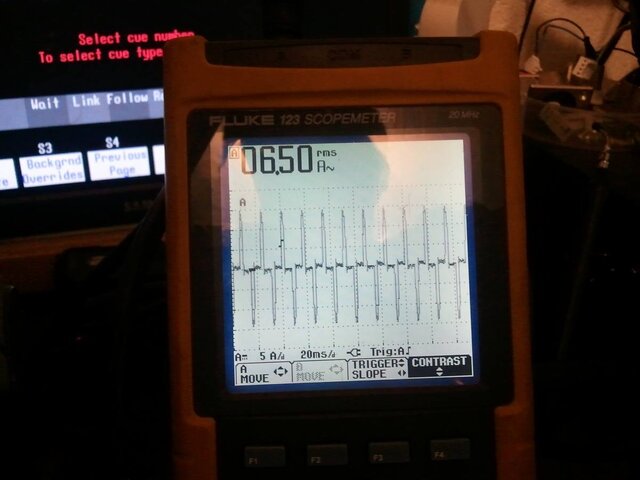I feel your pain. I have just gone through 8 of these this week, replacing the surface mounted DMX chips. If they are out of warranty, the factory recommends replacing them as they are too labor intensive to fix econimically and you can believe them. They are unless you have a lot of patience and spare time. As far as channels that stay on, the triacs usually short because of lamp failure when the filament breaks and spins around from the heat of the arc, causing it to hit the support posts and shorting them out drawing a lot of current. Sometimes this happens so fast that fuses or breakers can't catch it, taking out the semiconductors. Channels that don't come on usually are bad fuses/breakers, bad chokes (broken leads from vibration of moving) or optoisolators.
If you are going to take a hammer to them, drop me a note and I will gladly pay the freight and use them for spare parts, or if they are easily fixed, I'll let you know.
Benchtech
If you are going to take a hammer to them, drop me a note and I will gladly pay the freight and use them for spare parts, or if they are easily fixed, I'll let you know.
Benchtech




